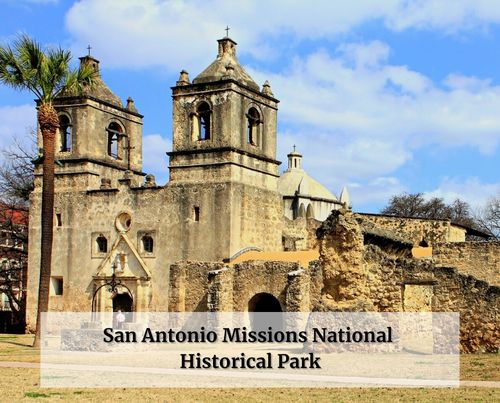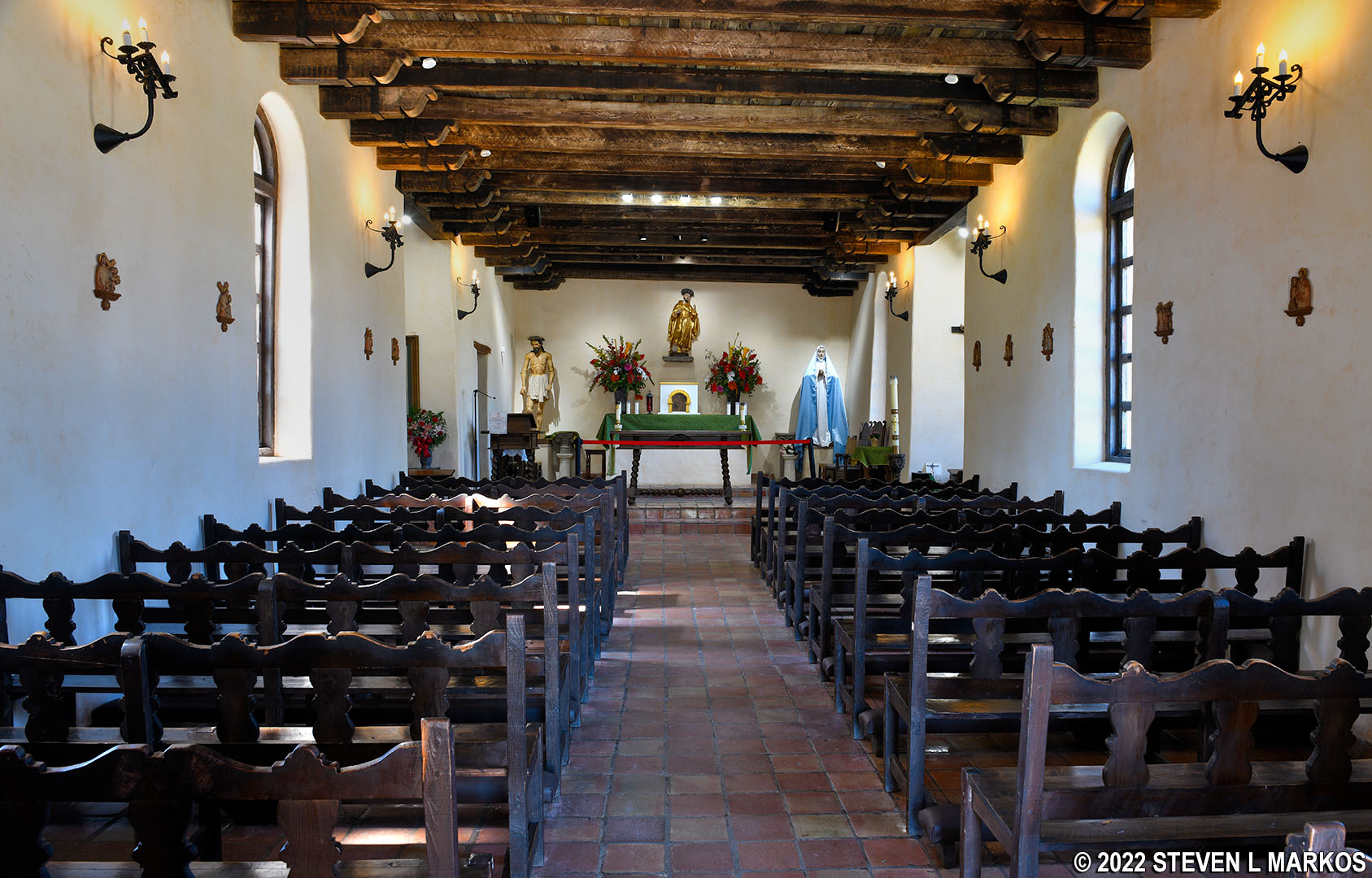Discover San Antonio Missions National Historical Park Tx: A Trip With Time
Discover San Antonio Missions National Historical Park Tx: A Trip With Time
Blog Article
Uncover the Social Prizes of Texas at the San Antonio Missions National Historic Park
Entering the San Antonio Missions National Historic Park is like getting in a website to a past period, where the rich tapestry of Texas background unfolds among the old rock walls and peaceful courtyards. The missions, deeply rooted in both Spanish and Native cultures, stand as testament to a time when belief, practice, and neighborhood linked to shape the landscape we see today. Each mission informs a distinct tale, offering a glimpse into the past that is both captivating and thought-provoking. As site visitors stray through these hallowed grounds, they are sure to discover a gold mine of cultural significance waiting to be checked out.
History of San Antonio Missions
The beginnings of the San Antonio Missions can be traced back to the 18th century when Spanish promoters established these religious outposts in Texas. These objectives were built with the objective of spreading out Christianity and converting the aboriginal populace to Catholicism. The initial mission, Objective San Antonio de Padua, was founded in 1718, followed by Mission San Jose in 1720, Mission San Juan Capistrano in 1731, and Objective San Francisco de la Espada in 1731. These missions were not just areas of worship however also functioned as facilities for farming, industry, and education and learning, playing a substantial role in the development of the region. In time, the objectives came to be thriving communities with churches, living quarters, workshops, and farmland.
Despite facing difficulties such as illness, conflicts with Native American people, and political modifications, the objectives remained to run for years. Today, the San Antonio Missions stand as a testimony to the rich cultural heritage of Texas and supply a glance right into the history of Spanish emigration in the area.
Architectural Wonders of the Missions

Each mission within the San Antonio Missions National Historical Park boasts unique architectural attributes. The Goal San José, called the "Queen of the Goals," excites site visitors with its grand church adorned with elaborate carvings and a striking climbed home window. On the other hand, the Objective San Juan Capistrano showcases a less complex style with its moderate bell tower and modest yet classy church.
The architectural wonders of the missions not just function as historical landmarks yet additionally as living testimonies to the social combination that specifies Texas' abundant heritage - San Antonio Missions National Historical Park location. Visitors can explore these structures, admire their complex information, and get a much deeper gratitude for the workmanship and creativity of the past
Cultural Significance of Objective Concepcion
With its distinctive red stone walls and elaborate geometric layouts, Mission Concepcion stands as a testament to the enduring social heritage of the San Antonio Missions National Historic Park. Integrated in the very early 18th century, Goal Concepcion is renowned for its unspoiled frescoes, which show a mix of Spanish, Indigenous American, and Mesoamerican influences. These dynamic frescoes not just showcase the imaginative skills of the individuals that created them yet likewise function as a graph of the social blend that occurred within the objective walls.
Past its architectural charm, Objective Concepcion holds substantial social importance as a site where aboriginal individuals were introduced to European customs and Catholicism. The objective played a pivotal function in forming the social landscape of Texas, functioning as a hub for religious, social, and financial activities. Today, Goal Concepcion continues to be a place of cultural relevance, drawing in site visitors from all over the world that look for to check out and appreciate its rich history and building wonders.
Aboriginal Influence on Mission Life

Evident with the daily interactions and cultural exchanges within Goal Concepcion, indigenous impacts played a critical function fit the material of goal life in the 18th century. Indigenous communities brought a riches of expertise and skills that substantially influenced various aspects of goal life. Their competence in agriculture, workmanship, and standard recovery techniques not just maintained the goals yet additionally enriched the social landscape within the objective walls.
Aboriginal impact extended beyond practical skills, penetrating right into religious practices and imaginative expressions. Indigenous beliefs and customs come together with Catholic teachings, resulting in an one-of-a-kind syncretic blend that specified the spiritual life of the goals. Aboriginal craftsmens also left a lasting mark on the missions with their elaborate craftsmanship, noticeable in the in-depth carvings and lively frescoes that adorn the mission churches.
Preservation Efforts and Future Plans
The combination of native impacts within the textile of objective life at San Antonio Missions National Historical Park has spurred extensive conservation initiatives and critical future plans focused on protecting and boosting the social treasures housed within these historic sites. Conservation initiatives at the park are complex, including preservation of the architectural structures, security of the bordering natural surroundings, and paperwork of the rich cultural heritage installed in the missions. Through collaborations with neighborhood communities, government firms, and cultural organizations, the park has actually carried out conservation jobs to address concerns such as disintegration, architectural stability, and historic analysis.
Looking ahead, the San Antonio Missions National Historic Park has enthusiastic future plans to additional magnify its social significance. These plans include expanding curricula, enhancing visitor experiences via interactive exhibitions and excursions, and cultivating continued research study to grow understanding of the missions' historical context. By prioritizing conservation and innovation, the park aims to make certain that these cultural prizes stay available and purposeful for generations to come.

Verdict
To conclude, the San Antonio Missions National Historic Park in Texas showcases an abundant history, exceptional building wonders, and deep social value. The objectives, specifically Mission Concepcion, show the impact of aboriginal populaces on objective life. Preservation efforts are recurring to make sure these cultural treasures are Continue safeguarded for future generations to value. The park stands as a testimony to the long-lasting legacy of the goals in Texas.
Please visit one of our local supporters - Quick Liquidation Pallet Authentic Sneakers Wholesale
Report this page